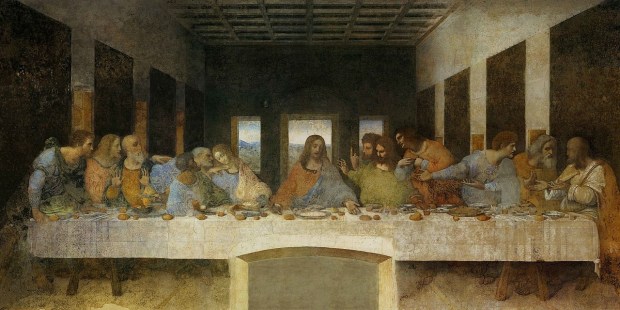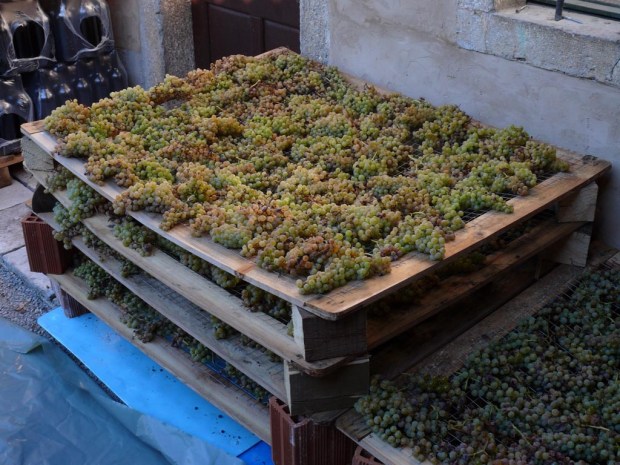Archeologists report having discovered which foods were eaten during the Last Supper, including lamb stew, walnut paste, and olives. But what about the wine?
Historians believe that like most wines consumed during antiquity, the wine they drank at the Last Supper was probably sweet and “passito-like,” meaning it was made from grapes that had been dried to be better preserved. According to the Gospels of Mark, Matthew, and Luke, the Last Supper was a Passover supper, so Jesus and his disciples probably drank passum, a sweet wine made from dried grapes typically used in Jewish rituals.

Passum probably originated in Carthage, modern-day Tunisia, eventually making its way to Rome. It was also referred to as “ladies' wine” because, as noted by ancient historian Polybius, it was consumed by Roman noblewomen who were banned from drinking traditional wines but were allowed to drink wine made from raisins.
Known for its sweet taste and its elaborate preparation, passum requires winemakers to dry grapes in the sun, mix them with grape juice, let the mix ferment, and then add more juice before further fermenting the whole mix. The process is described in detail by Latin writer Lucius Giunius Moderatus Columella.

In his treaty “De Agricultura” Columella, Lucius describes the preparation of this raisin wine citing an earlier Punic text:
Harvest well-ripened very early bunches of grapes; reject any mildewed or damaged grapes. Fix in the ground forked branches or stakes not over four feet apart, linking them with poles. Lay reeds across them and spread the grapes on these in the sun, covering them at night to keep dew off.
When they have dried, pick the grapes, put them in a fermenting vat or jar and add the best possible must (grape juice) so that they are just covered. When the grapes have absorbed it all and have swelled in six days, put them in a basket, press them and collect the passum. Next, tread the pressed grapes, adding very fresh must made from other grapes that have been sun-dried for three days.
Mix all this and put the mixed mass through the press. Put this passum secundarium into sealed vessels immediately so that it will not become too austerum. After twenty or thirty days, when fermentation has ceased, rack into other vessels, seal the lids with gypsum and cover them with skins.
Today, pasum wine is still made in locations across the Mediterranean, from Tunisia, where a wine known as Passum de Magon is made following the recipe described by Columella, to Sicily, where farmers still grow the ancient grapes that were used to make passum, and Umbria, central Italy, where a version of passum known as Sagrantino has became a local staple.



